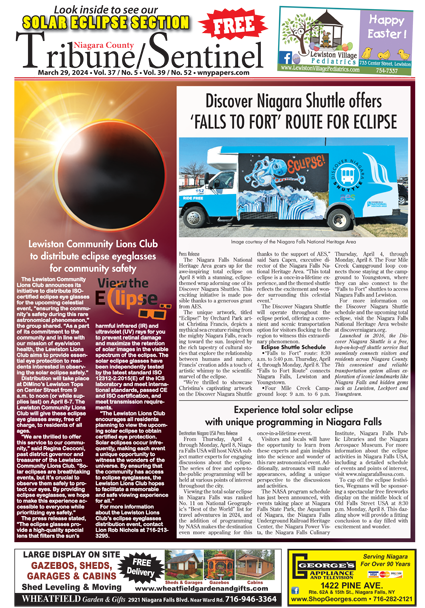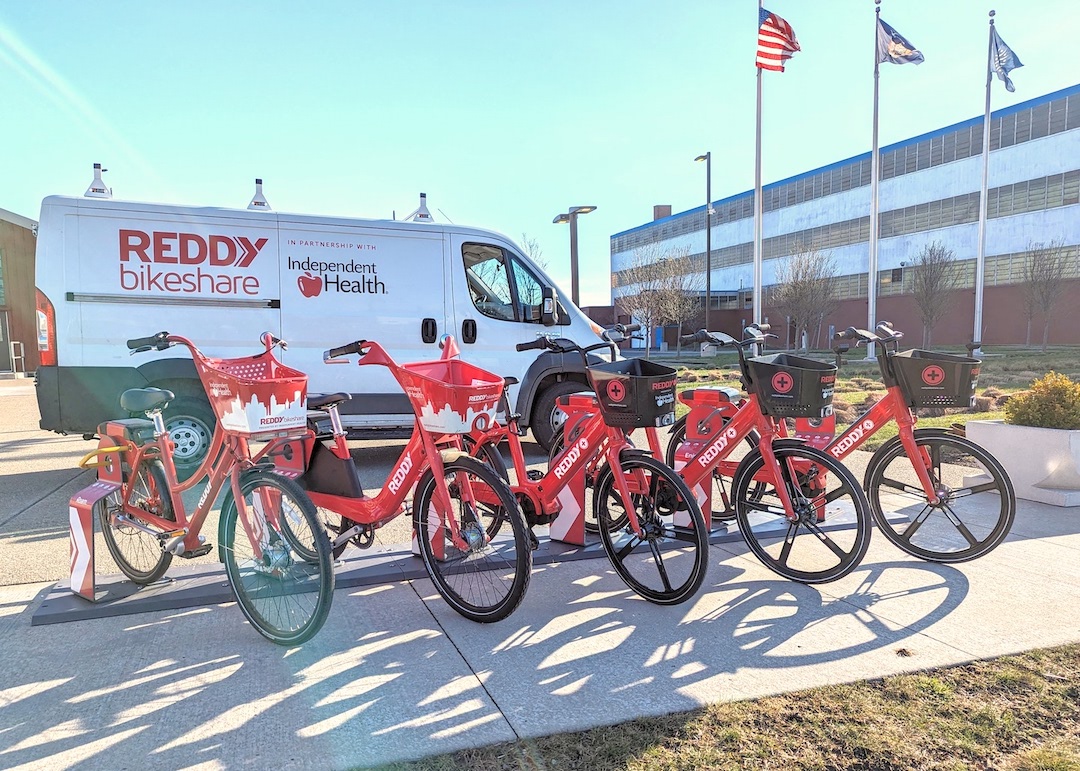Featured News - Current News - Archived News - News Categories
Spending plan continues transition toward becoming all-digital utility; makes unprecedented investments in renewable energy
The New York Power Authority board of trustees on Tuesday approved a 2019 budget that furthers NYPA’s push to become the first all-digital utility in North America while making aggressive investments to speed up the widespread adoption of electric vehicles and large-scale energy storage.
The spending plan, which covers the 2019 fiscal year beginning Jan. 1, will also help fulfill Gov. Andrew M. Cuomo’s “Clean Energy Standard,” which requires that half of all electricity used in New York come from renewable sources by 2030. It is also fully aligned with the governor’s “Reforming the Energy Vision” strategy, which seeks to build an energy system that is more efficient, resilient and affordable for all New Yorkers.
“This budget provides the investments for NYPA to help increase the use of renewable power across New York and dramatically increase its transmission and generating capacity,” said John R. Koelmel, NYPA chairman. “It will also enable NYPA to foster the spirit of innovation that has enabled it to cement its status as a market leader and offer customers an increasing array of energy efficiency and renewable energy services.”
A year after NYPA opened up its Integrated Smart Operations Center, the nation’s largest state-owned utility will continue its digital transformation by spending $81.7 million to expand its deployment of thousands of sensors to monitor the asset health of NYPA’s 16 generating facilities and 1,400 circuit-miles of transmission lines and modernize its communications infrastructure to make it more reliable and secure.
The budget includes $729.2 million in capital spending on NYPA’s core business and strategic initiatives, along with $573.5 million for operations and maintenance.
NYPA will expand its assets and bolster its capacity to transmit renewable energy – particularly wind power – through the continued rebuild of the World War II-era Moses-Adirondack lines in the North Country. NYPA will spend $36.7 million on the project in 2019, as part of a $454.8 million initiative set for completion in 2023.
“As we upgrade our transmission facilities, we will make our grid more reliant and resilient,” said Gil C. Quiniones, NYPA president and CEO. “In turn, we can reduce congestion on power lines throughout the state and deliver energy at lower rates to customers.”
A major component of the spending plan includes funding for “EVolve NY,” a seven-year, $250 million commitment by NYPA to accelerate the adoption of electric vehicles statewide through partnerships with private- and public-sector stakeholders. The initiatives slated for 2019 include the expansion of high-speed chargers on the New York State Thruway, which can charge EVs in as little as 20 minutes, along with charging hubs at airport and EV model communities that would support charging platforms as a way to ensure reliability and affordability for prospective users.
The board also approved the start of a $250 million plan over five years to make the energy grid more flexible and resilient through energy storage and demand management. NYPA will invite the state’s utilities and municipal electric co-ops to conduct demonstrations to help determine the capabilities and value of various storage and demand management tools and, in turn, reduce risks, attract investments in new technologies and scale energy storage so it can become financially feasible.
Through this budget, NYPA is expected to maintain its high bond ratings, which are among the best for public utilities nationwide and preserve NYPA’s access to low cost capital.
Also approved was a 2019 budget for the New York State Canal Corp., a subsidiary of NYPA. It includes $54.7 million in capital spending and $86.2 million in operations and maintenance funds for the 524-mile state Canal System, which turned 100 in 2018.
About NYPA
NYPA is the nation's largest state public power organization, through the operation of its 16 generating facilities and more than 1,400 circuit-miles of transmission lines. NYPA uses no tax money or state credit. It finances its operations through the sale of bonds and revenues earned in large part through sales of electricity. More than 70 percent of the electricity NYPA produces is clean renewable hydropower. For more information, visit www.nypa.gov.





























